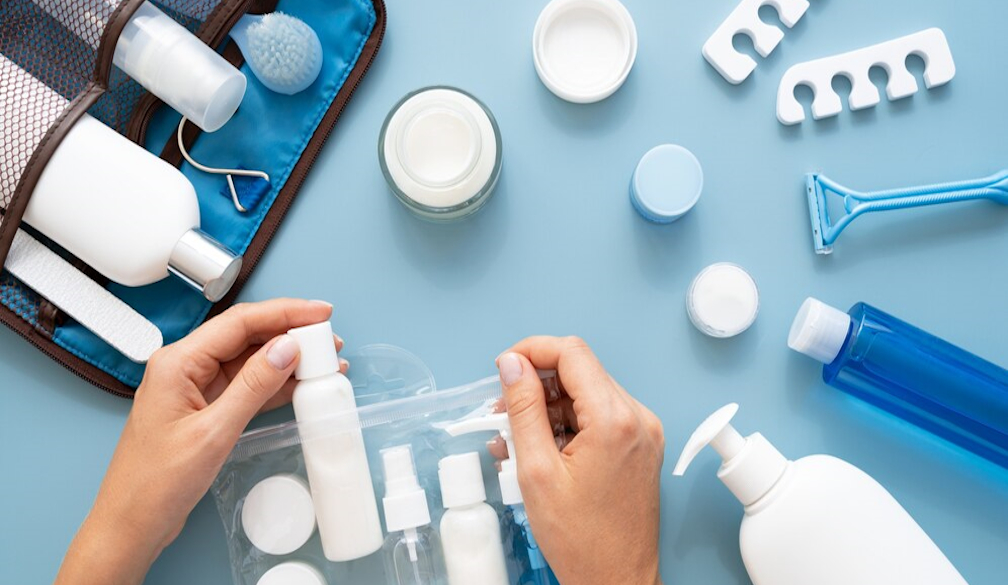What Are the Different Types of Incontinence Products

Incontinence, a common condition affecting millions worldwide, can significantly impact one's quality of life. However, with advancements in medical technology, a wide array of incontinence products are available to manage the condition effectively. From pads to catheters, these products cater to diverse needs and preferences. Let's delve into the different types of incontinence products and how they serve individuals dealing with this challenge.
- Absorbent Pads and Liners
Absorbent pads and liners are among the most commonly used products for managing light to moderate urinary incontinence. These pads are discreet, designed to absorb urine, keeping the skin dry and preventing leaks. Available in various sizes and absorbency levels, they offer flexibility and comfort for daily use. Additionally, some pads come with odor control features, ensuring discretion and confidence for the user.
- Adult Diapers/Disposable Briefs
For individuals with moderate to heavy urinary or fecal incontinence, adult diapers or disposable briefs provide comprehensive protection. These garments feature high-absorbency materials and adjustable closures for a secure fit. Despite their bulkier design, modern adult diapers are often discreet and comfortable, allowing users to maintain an active lifestyle without worry.
- Reusable Undergarments
Environmentally conscious individuals may opt for reusable undergarments as an eco-friendly alternative to disposable products. Made from soft, washable fabrics, these undergarments offer comfort and reliability while minimising waste. Reusable options include washable underwear, pads, and protective covers, providing long-term cost savings and sustainability benefits.
- Protective Underpads
Protective underpads, also known as bed pads or chux, serve as an additional layer of defense against leaks and accidents. Placed on bedding or furniture, these absorbent pads safeguard surfaces from moisture and stains. They are particularly useful for individuals with limited mobility who spend extended periods in bed or seated.
- Male Guards and Shields
Designed specifically for men experiencing urinary incontinence, male guards and shields offer targeted protection and comfort. These discreet, cup-shaped products fit securely inside regular underwear, effectively capturing urine leaks. With adhesive strips to keep them in place, male guards provide confidence and peace of mind for active individuals.
- Female Urinary Catheters
Female urinary catheters are slender, flexible tubes inserted into the bladder to drain urine. They are commonly used by individuals with severe urinary incontinence or those with mobility issues who cannot access a toilet easily. While indwelling catheters require medical supervision for insertion and maintenance, intermittent catheters offer a more user-friendly, self-administered option.
- External Catheters (Condom Catheters)
External catheters, also known as condom catheters, are sheath-like devices worn externally over the penis to collect urine. These catheters are suitable for men with urinary incontinence who prefer a non-invasive option. Connected to a drainage bag or leg bag via tubing, external catheters provide a discreet and comfortable solution for managing urine leakage.
Conclusion
Incontinence products play a vital role in supporting individuals living with urinary or fecal incontinence, empowering them to maintain independence and dignity. By understanding the diverse range of products available, individuals can choose options that best suit their needs and preferences. Whether it's absorbent pads for daily comfort or catheters for continuous drainage, these products offer practical solutions to mitigate the challenges posed by incontinence. Ultimately, access to quality incontinence products enhances the overall well-being and confidence of those affected by this common condition.














